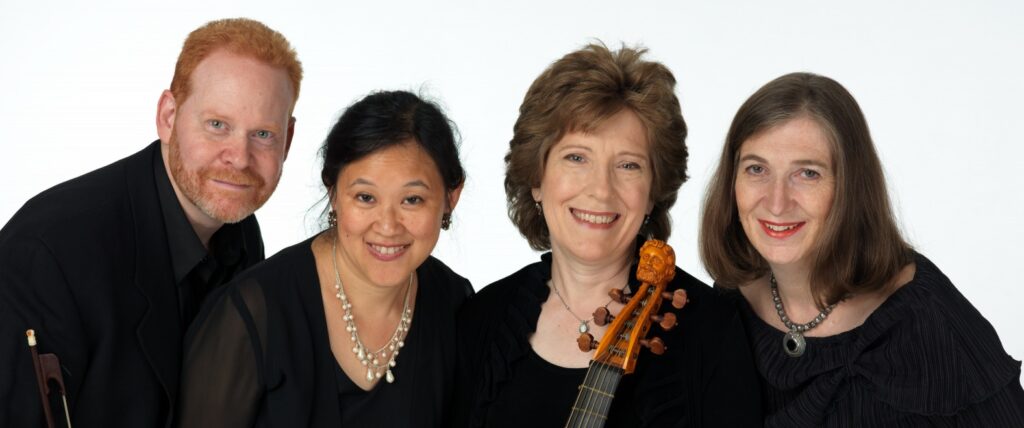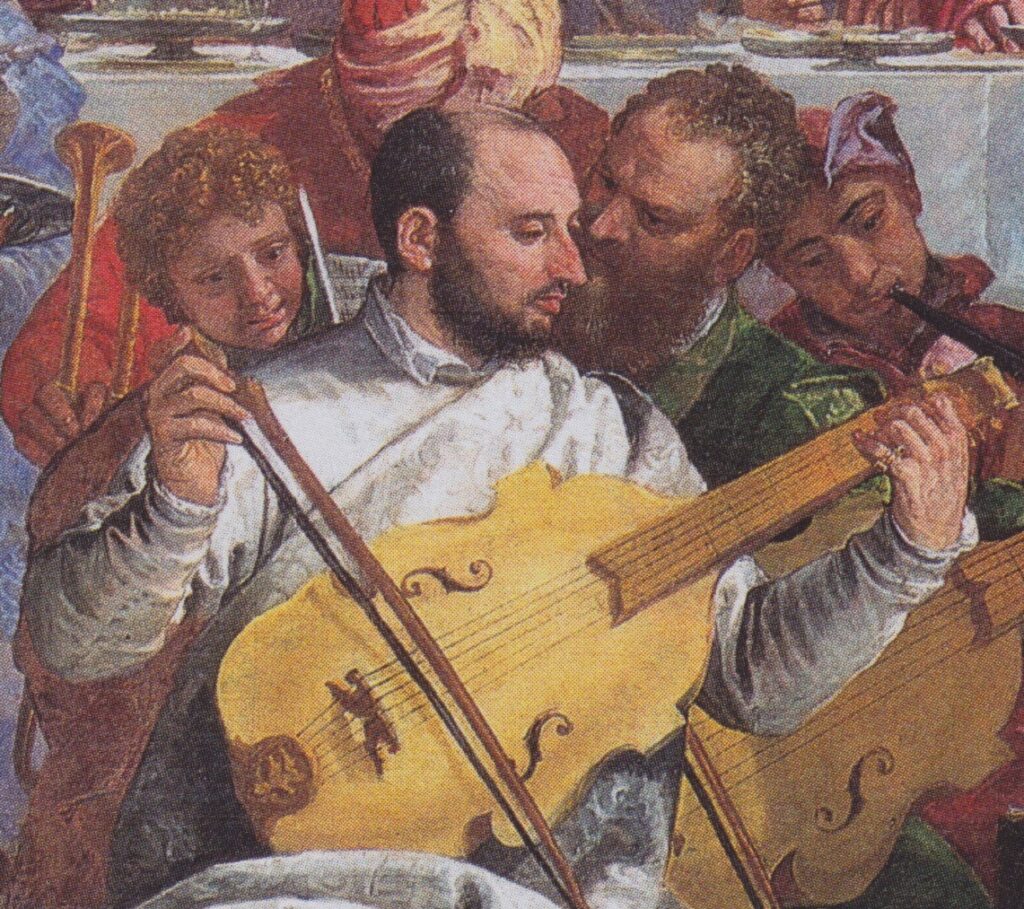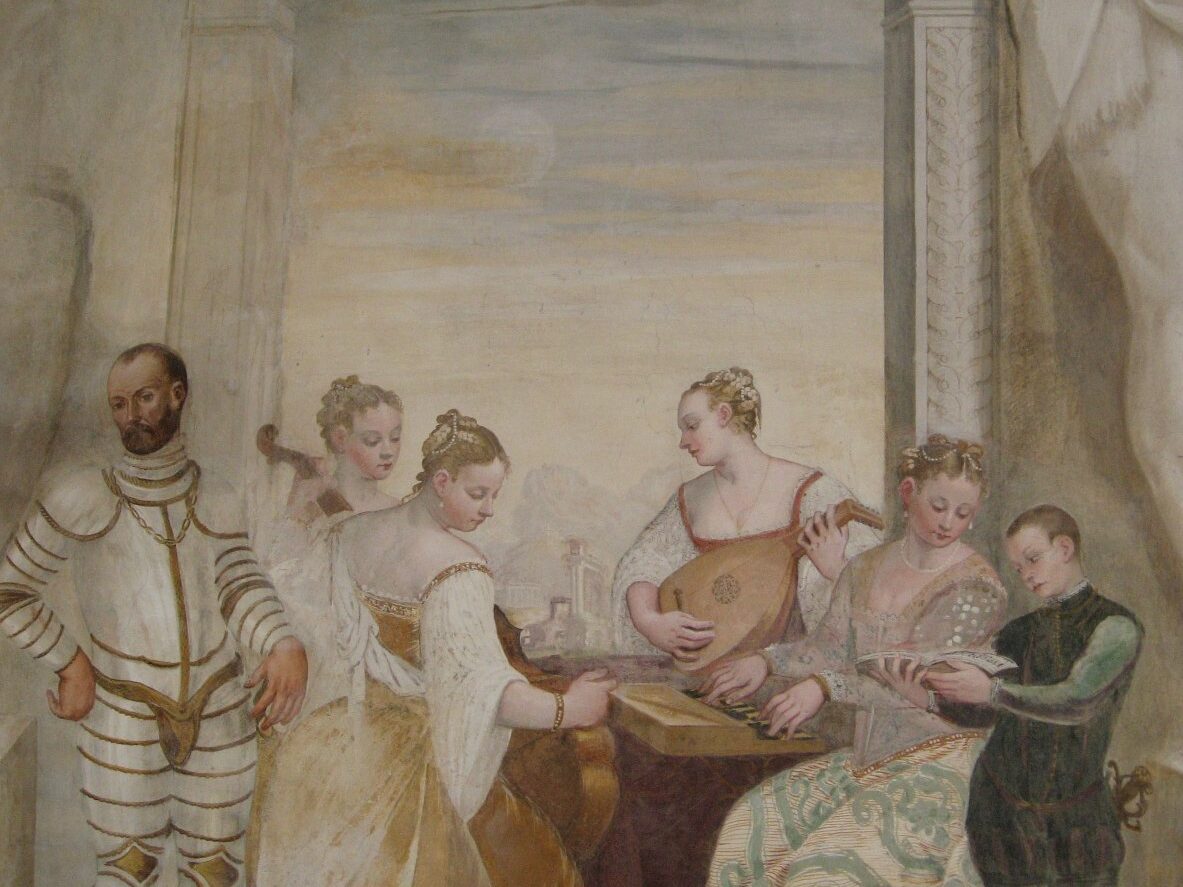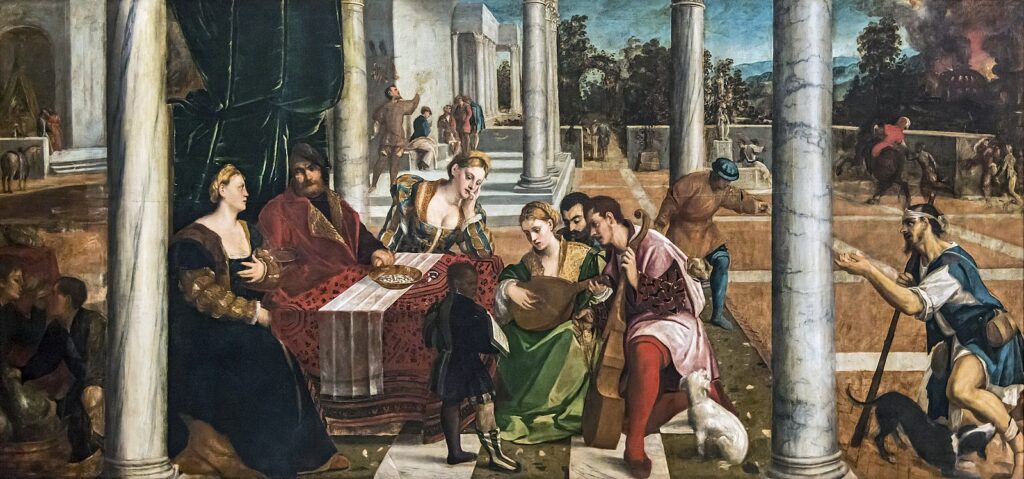The evidence that Venice was the main center for music publishing and printing during the Renaissance is undeniable. The fact that the combined output of the two main printing houses in Venice exceeded the production of all other music printers in Europe is remarkable.
Elizabeth M. Poore from her paper Ruling the Market: How Venice Dominated the Early Music Printing World
In the latter half of 2020, there was a flurry of moral panic-flavored articles and opinion pieces focusing on the detrimental impact that COVID-19 had exerted on New York City.
They may have originated from different authors, but every article hinged on the same reference points: Crime was up. Restaurants were struggling. Every sad couch on the sidewalk signified another couple who had abandoned the Big Apple for the suburbs. Even luminaries such as Jerry Seinfeld felt compelled to weigh in (obligatory Soup Nazi reference here.)
Thankfully, in the months since that period, things have improved considerably; primarily aided by vaccines that have made congregating in-person possible again. On the plus side, this has meant that, on Thursday, November 11, 2021, Parthenia were able to return to live performance in New York. On the other hand, this also means the return of the dreaded Santacon. Such is the law of unintended consequences.
(Incidentally, December 11 would be a fine day to barricade your doors, put on your slippers and enjoy some of Parthenia’s recordings on SoundCloud whilst conveniently avoiding the marauding Santas outside. Perhaps even some mulled wine? Just a thought. Meanwhile, the MSR Classics catalog has links for their CDs.)
Exactly what constitutes a full-fledged recovery for New York City is something for others to debate. What all this commentary does highlight, though, is that a truly thriving metropolis is a delicate mechanism. At various times in human history there have been different cities that were rightly considered the “center of the universe” – focal points of commerce, art and education; cultural melting pots where the cross-fertilization of ideas meant led naturally to collaboration and innovation.
Venice was unquestionably the center of the universe during the Renaissance. In a discussion about this very subject with Lisa Terry, she excitedly referred to Venice around this time as experiencing a “Cambrian Explosion.” Further research reveals this to be no overstatement. In fact, trade in Renaissance Venice thrived to the point where the country currency the Ducat would be the default for monetary transactions throughout Europe right through to the late seventeenth century. Impressive.

But before we get specific, some basics: Venice is a city in northeastern Italy. Even if you haven’t been there personally, it’s remarkably easy to conjure up a picture of Venice thanks to the various and sundry films that have used its byzantine network of canals and bridges as a backdrop. Such features include highbrow melodramas like Visconti’s Death In Venice, Nicholas Roeg’s ESP-tinged shocker Don’t Look Now. and, more recently, Woody Allen’s winsome and winning Everyone Says I Love You. Venice, it seems, lives in our collective subconscious.
If we could zoom in on Venice during the Renaissance, we would find a city positively bursting with music. So much music, in fact, that it was often referred to as the “Republic of Music” prompting an anonymous Frenchman of the 17th century to remark of Venice that “In every home, someone is playing a musical instrument or singing. There is music everywhere.”
Even more significantly, Venice was full of viola da gamba music:
The viol enjoyed tremendous popularity in Venice in its early days, judging by the sheer number of instruments to have survived from that city.
From “The Viol” by Elizabeth Weinfield

Renaissance Venice was where the viola da gamba first took off in a big, social setting—the turning point where it become a truly popular art form. That alone is a significant connection to Parthenia. Venice at this time, though, would also become a worldwide hub of music printing and publishing. And, in the days before music could be recorded, the only way to preserve a composition was to commit it to paper. A vast amount of Parthenia’s repertoire exists to this day only because it was written and notated in an age when it was popular and financially rewarding to do so.
The reasons why Renaissance Venice dominated music publishing are complex, but, in short, a bouillabaisse of economic, legal and cultural factors made it possible. The popularity of music in general and the viola da gamba specifically fostered an environment where people who composed for the viol were rewarded, and then composed more music for viol thus further heightening its popularity; a classic (and classical) positive feedback loop. Or, if you’d prefer a less academic take; it’s a lot like that old shampoo commercial with Heather Locklear (“…and so on, and so on, and so on!”)

Naturally musicians and composers flocked to Venice, but so, too, did typesetters who specialized in music publishing. Music printing itself was an intricate process that involved an understanding of exactly what the symbols meant, how musicians would understand them, and how best to arrange them on a page. If you read about these individuals, it quickly becomes apparent that music typesetters in those early days were a lot like today’s internet coders; skilled workers in an arena that was foreign to most people.
And, while Renaissance Venice wasn’t a utopia, there were additional factors that today sound almost mouth-wateringly desirable: free education, upward mobility, bookshops everywhere. To read about this era is either (or simultaneously) enlightening and depressing. The more things change, the more they stay the same.
If you weren’t able to attend the live event, Parthenia’s performance of Italia Mia will be also be shared as a webcast starting on Friday, November 26, 2021. Given the subject matter (“sumptuous Venetian repertoire for viols and voice from the Renaissance!”) it’s a perfect way to enjoy and contemplate the time and place that made such music possible. Indeed, it’s something to be immensely thankful for.
Meanwhile, though, please note that the writeup of the Italia Mia live performance includes this important citation: “This concert is made possible with funds from the New York State Council on the Arts Restart NY: Rapid Live Performance Grant.”
The blunt truth is—culture can only thrive where it’s encouraged, and, yes—that absolutely does mean financial support. Funding for the arts is more than just a luxury, it’s the great attractor that makes a place like Renaissance Venice desirable and eternal. So, this holiday season, spend some money on art. See a play. Hear live music. Wander into a gallery featuring a painter you’ve never heard of. Be the change you want to see and support living artists.
Renaissance Venice may be long gone, but the lessons (and music) of that era are perhaps more relevant than ever. With the right encouragement and funding, New York City, the birthplace of everything from jazz to avant-garde rock to hip hop may thrive once more. Perhaps in a few years time we will be able to say that, in New York City, “there is music everywhere.”


